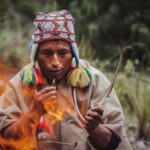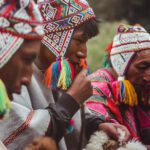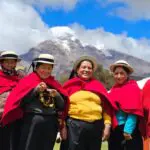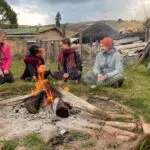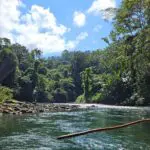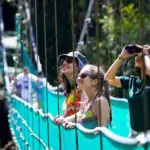Many people ask us about Manu as it is a destination that without a doubt is very ‘magnetic’, so to speak, since it combines many attractions such as virgin nature, original cultures and one or another accessible archaeological site. And it is precisely that, its limited accessibility, which keeps it pristine, where hundreds of thousands of species coexist and where some tribes still live without contact with the rest of the world.
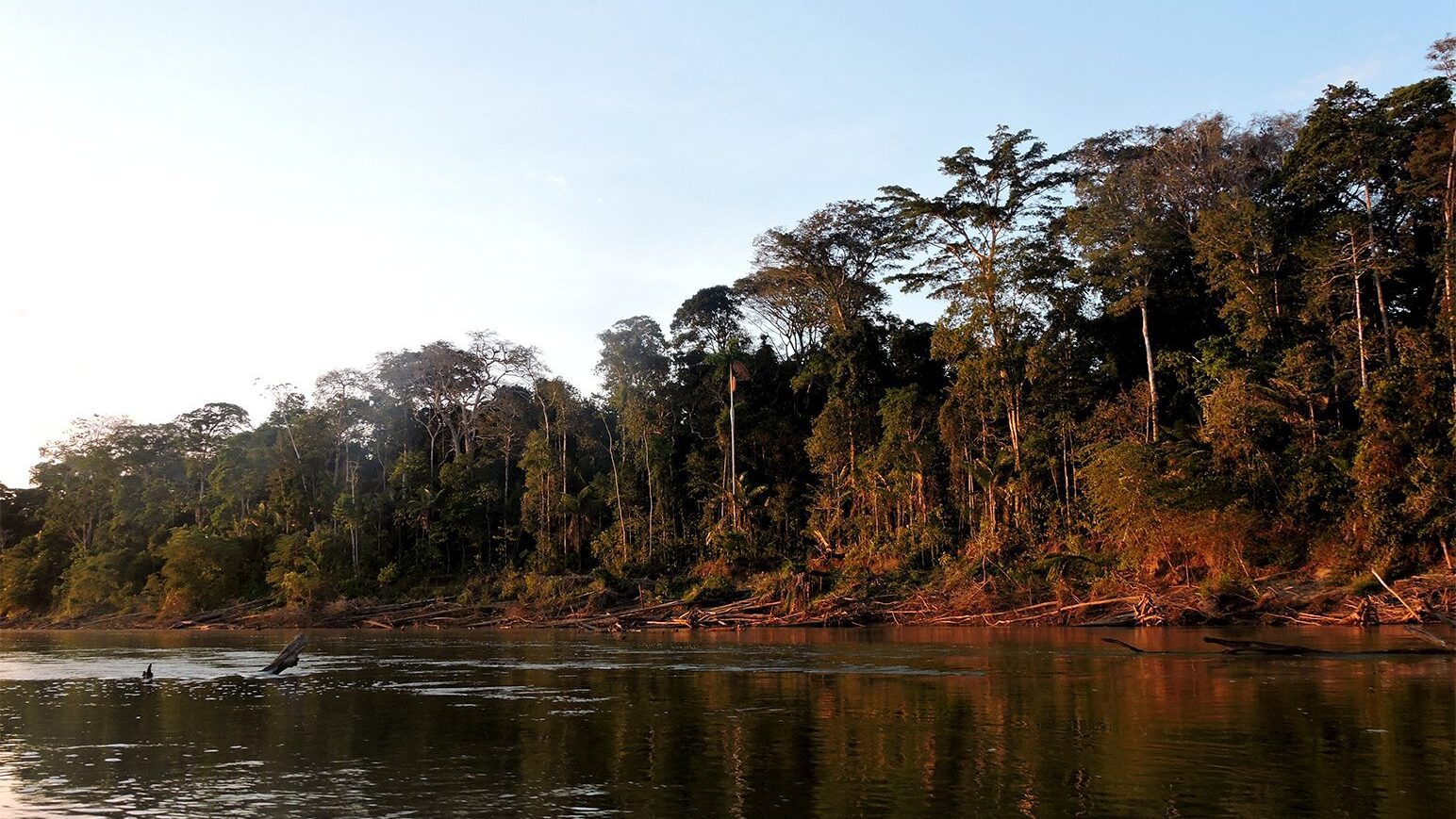
It is also due to its accessibility that it is necessary to dedicate an itinerary of an average of 5 days to get to know the area, at least superficially, one of the most biodiverse and preserved regions of the planet. A fantastic experience!
Although the main thing is to clarify the question: what is Manu?, Because that question has several answers, or maybe only one, but it is kind of complex.
Manu is mainly a river of 356 km in length, affluent of the Madre de Dios River and finally of the Amazon. (Not to be confused with the Manu River in Bangladesh, Asia).
Manu is also a province and a district of the department of Madre de Dios.
And finally, Manu is one of the largest and oldest protected areas in Peru, declared a national park in 1973, a biosphere reserve by UNESCO in 1977 and a natural heritage site in 1987, which prompted the extension of the park area in 2002 to some gigantic 1,716,295.22 ha. and of the reserve that overlaps it (since it includes surrounding urban centers) to 1,881,200 ha., something comparable with Kuwait in the Middle East.
So, you may be getting an idea that everything that refers to Manu is LARGE! and also that, in a space of such characteristics, you will be able to meet face to face with unique and charismatic animals, millenary trees, millions of insects of all shapes, and very interesting cultures that still subsist in their original traditions in this global, digital, and information third millennium.
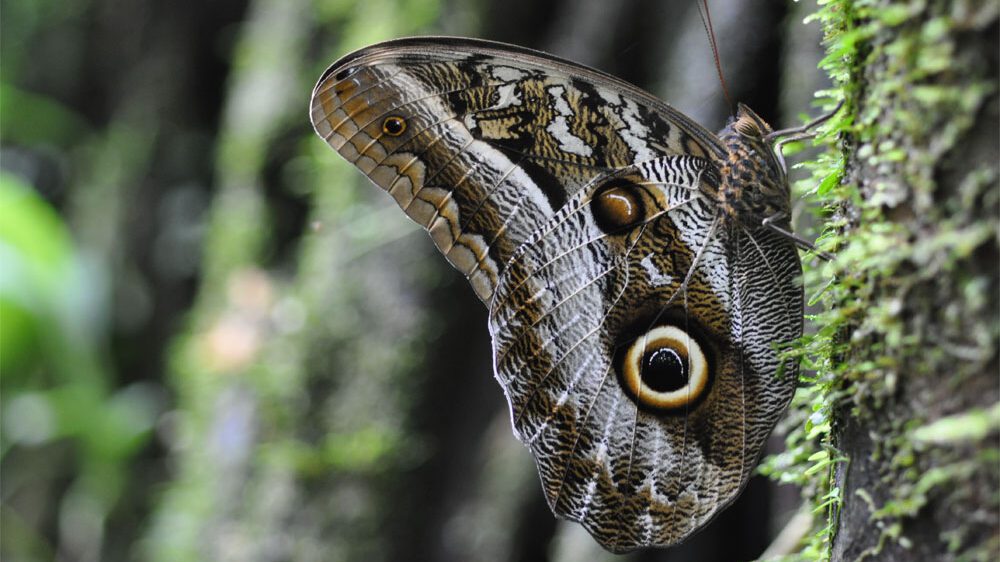
The next travel proposal, although it is not the only one, is our favorite. You will see why.
The long journey to gratification (Day 1)
You will wake up in Cusco, before sunrise to take advantage of the day, and we will take you northeast to climb the last mountains that separate the Andean region from the Amazon. But before, we still have to stop to contemplate some attractions in the heights, like the chullpas (old funerary precincts) of Ninamarca, interesting archaeological center located approximately one hour and 40 minutes away; followed by the town of Paucartambo (2:15 approx), picturesque and traditional, is a strategic site in all movement between Cusco and Manu, where all the commercial exchange takes place and where innumerable dances are celebrated with the most extravagant attire during the month July (check your travel calendar).
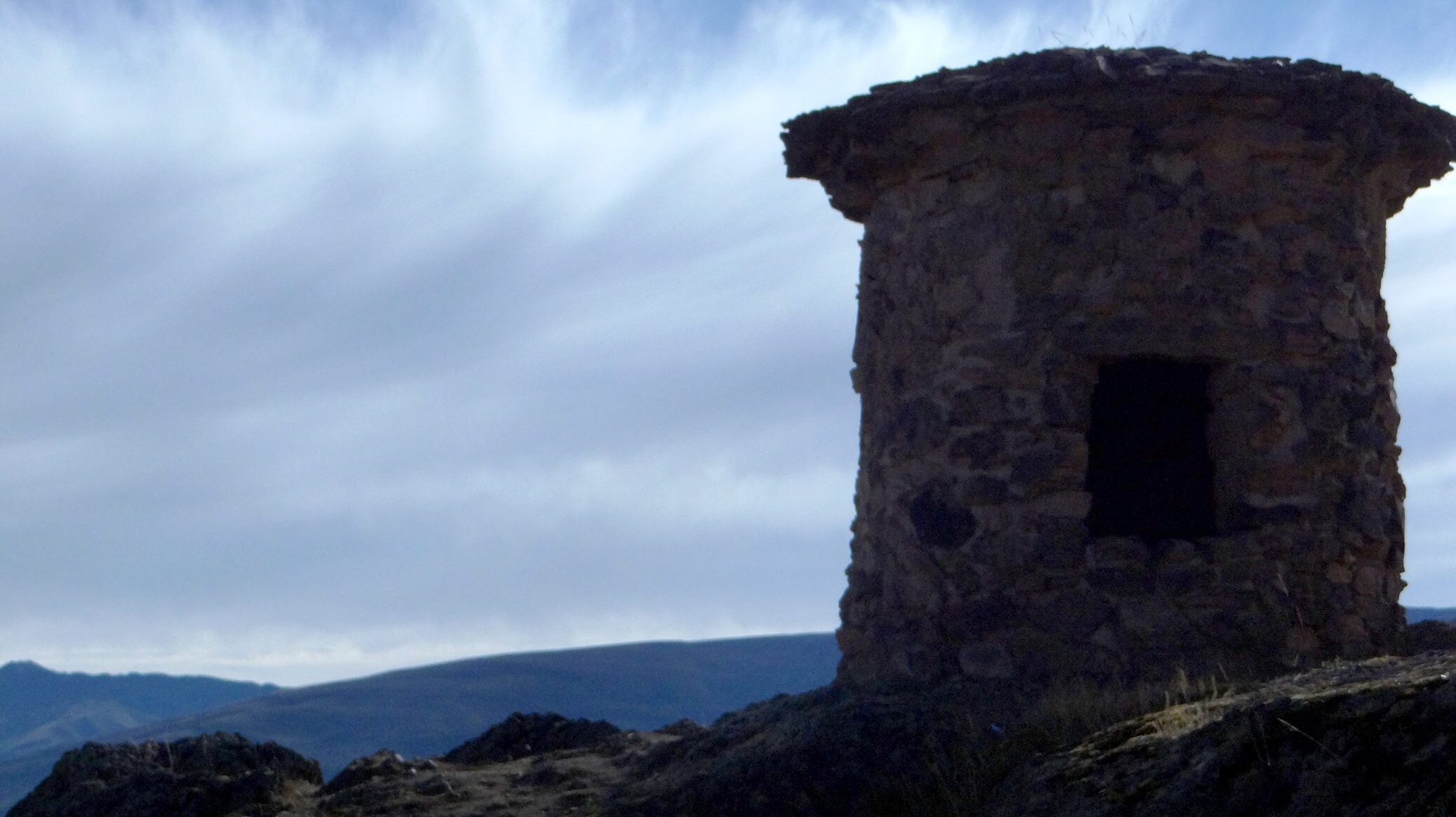
The tour continues now without stops (or only a few) to the native community of Shintuya, but for that first you will have to enter through the southernmost section of the national park, cross the Acjanaco pass and descend more than 3 thousand meters and 90 km over one of the most famous roads in the world for bird watching. During the descent you will pass through such a variety of ecological floors that there is an opportunity to observe all kinds of fauna and great changes in the climate and vegetation (some brief stops will be made today and others during the return on day 6).
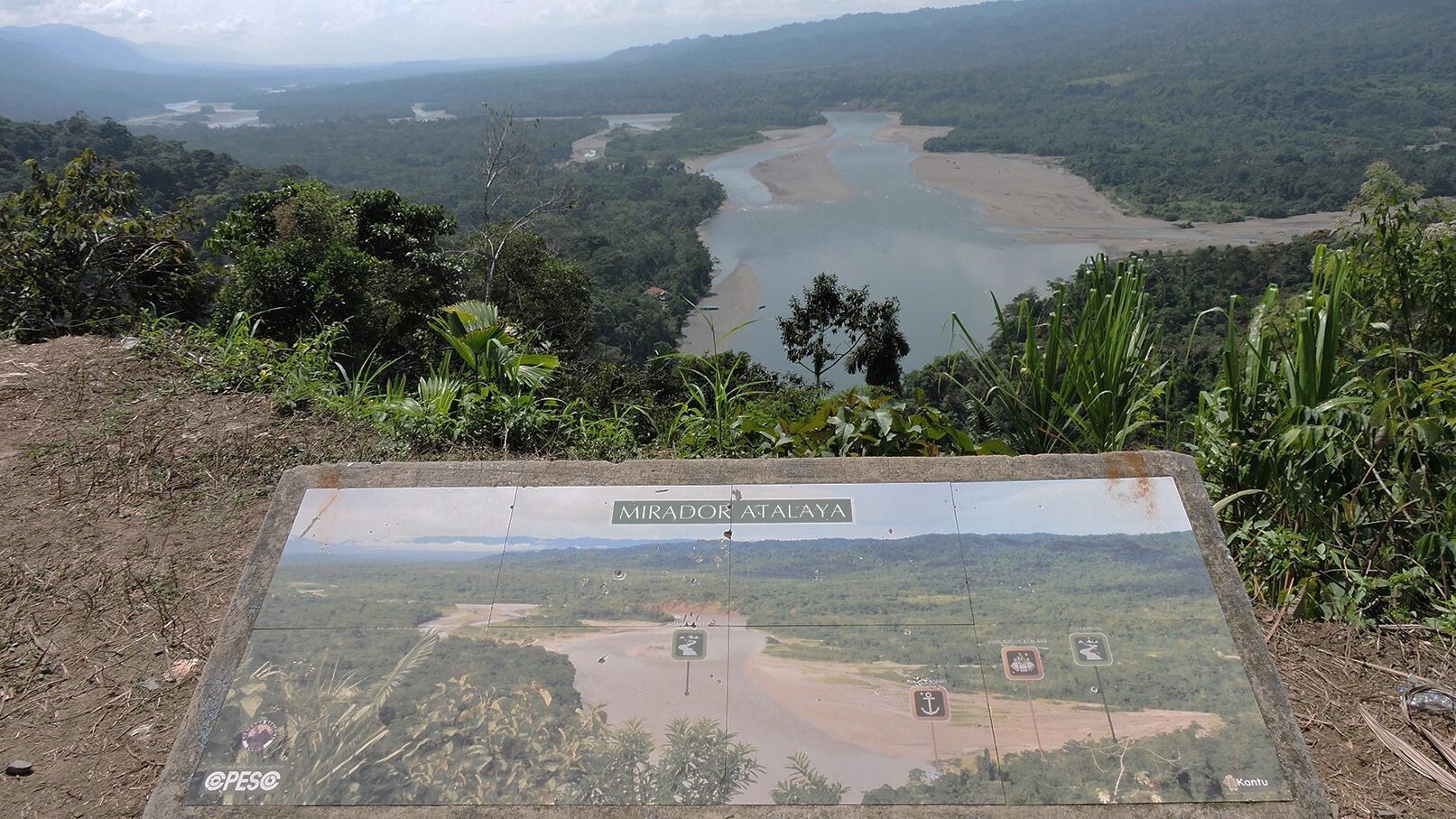
Upon reaching the warm Atalaya, you will go on board river transport to finally reach the destination and mark the exit from Cusco and the entrance to Madre de Dios. Although the day is of little activity, the trip can be tiring, but you will get a chance to stretch your legs well before sleeping with a delicious night walk in search of wildlife, or relax your whole body in the warm hot springs near the community.
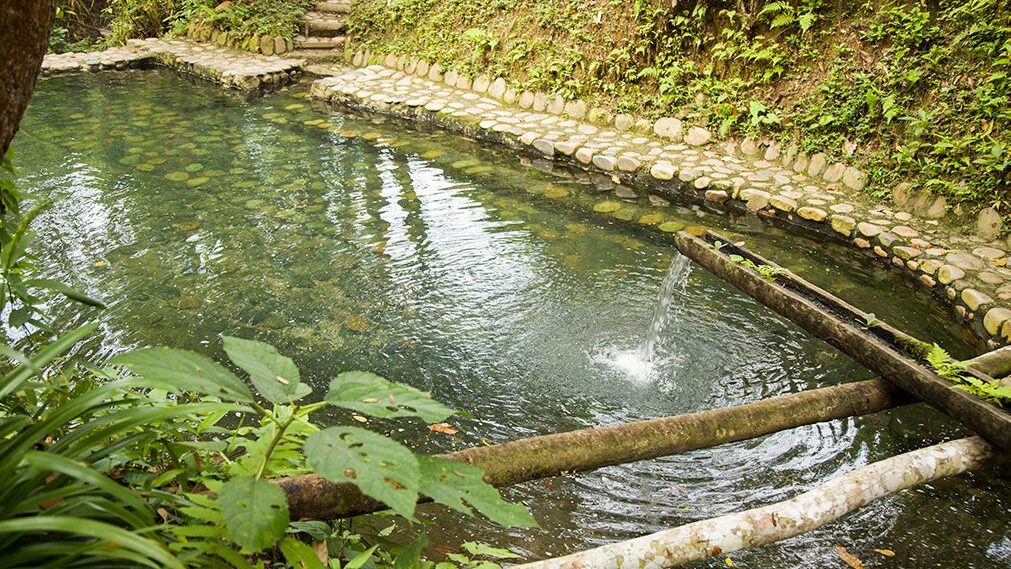
Downstream and upstream (Day 2)
It will not be roosters but rather macaws that will mark the start of the day in Shintuya, but do not get too distracted with them, because once again you have to board a boat to descend the Alto Madre de Dios river and then re-enter the national park going up the Manu river (and you will ask yourself: when did we leave the park? Well, that was almost at the same time of entry), but do not worry, as from now on you will stay in the park and even more in the most pristine area where you can find the Casa Matsiguenka, your refuge during the following THREE NIGHTS! (Now we hope you will forgive us for so much travel with so little rest, but we had to make sure to bring you here to truly enjoy the natural wonder).
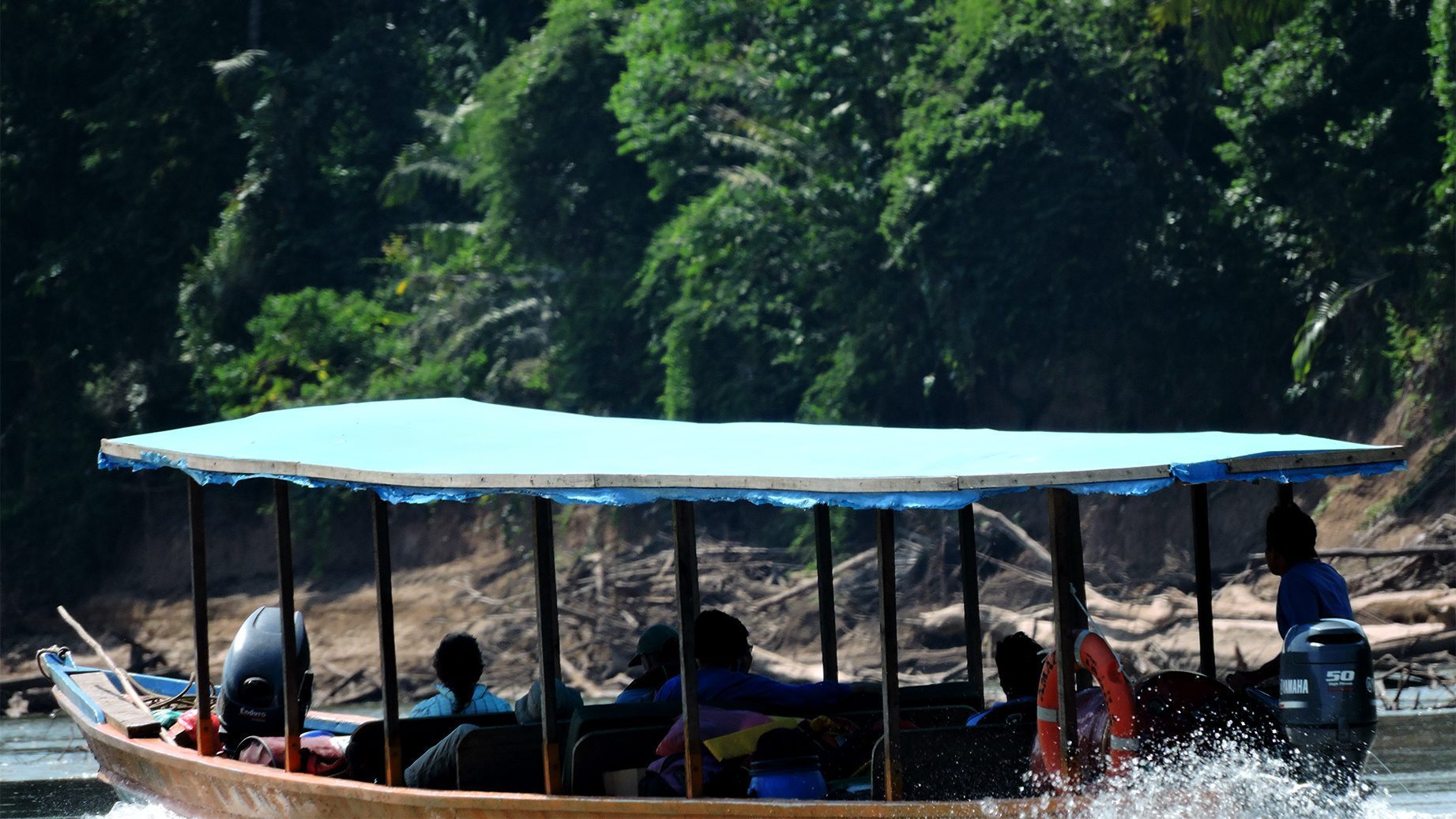
Nevertheless, do not think that the day of travel is boring, from the boat you can start enjoying the exuberant nature and the typical fauna of the river bank. We recommend taking your binoculars to see in detail a variety of birds, caymans and capybaras, and with some luck some other elusive animal, meanwhile leaving behind the distant mountains.
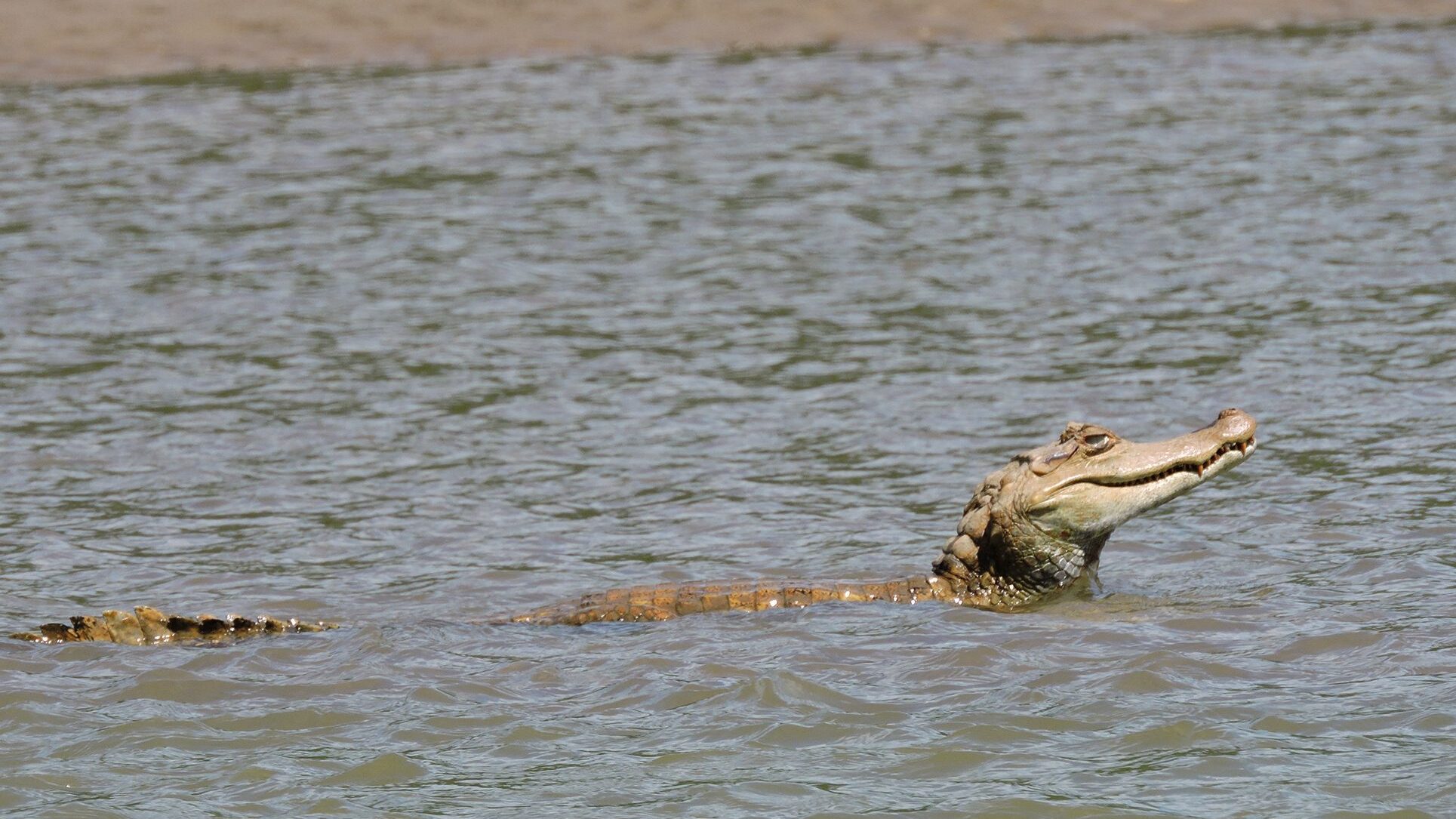
Passenger registration will occur at the Limonal park ranger post. Where there is an interpretation center where you can start to browse the unique characteristics of the park, but if you hear some noise in the outside, don’t waste time and go on your search as some kind of monkey may be around the facilities.

A shorter journey is the one from Limonal to Casa Machi, as it is popularly known as the hostel managed and operated by two native communities of the Matsiguenka ethnic group, which although they live of hunting, gathering, fishing and farming, they needed a source of monetary income to, in a certain way, adhere to modern life and access fuel for transportation, tools, school supplies and scholarships for the youth to study.
Same as yesterday, you will get the chance to go on a night walk through the surrounding trails and it can sometimes seem tedious and fruitless but believe us that when you really see something, it will be spectacular. Life in the jungle wakes up at night and is a small cost that must be assumed to enjoy another level of activity. Cheer up!
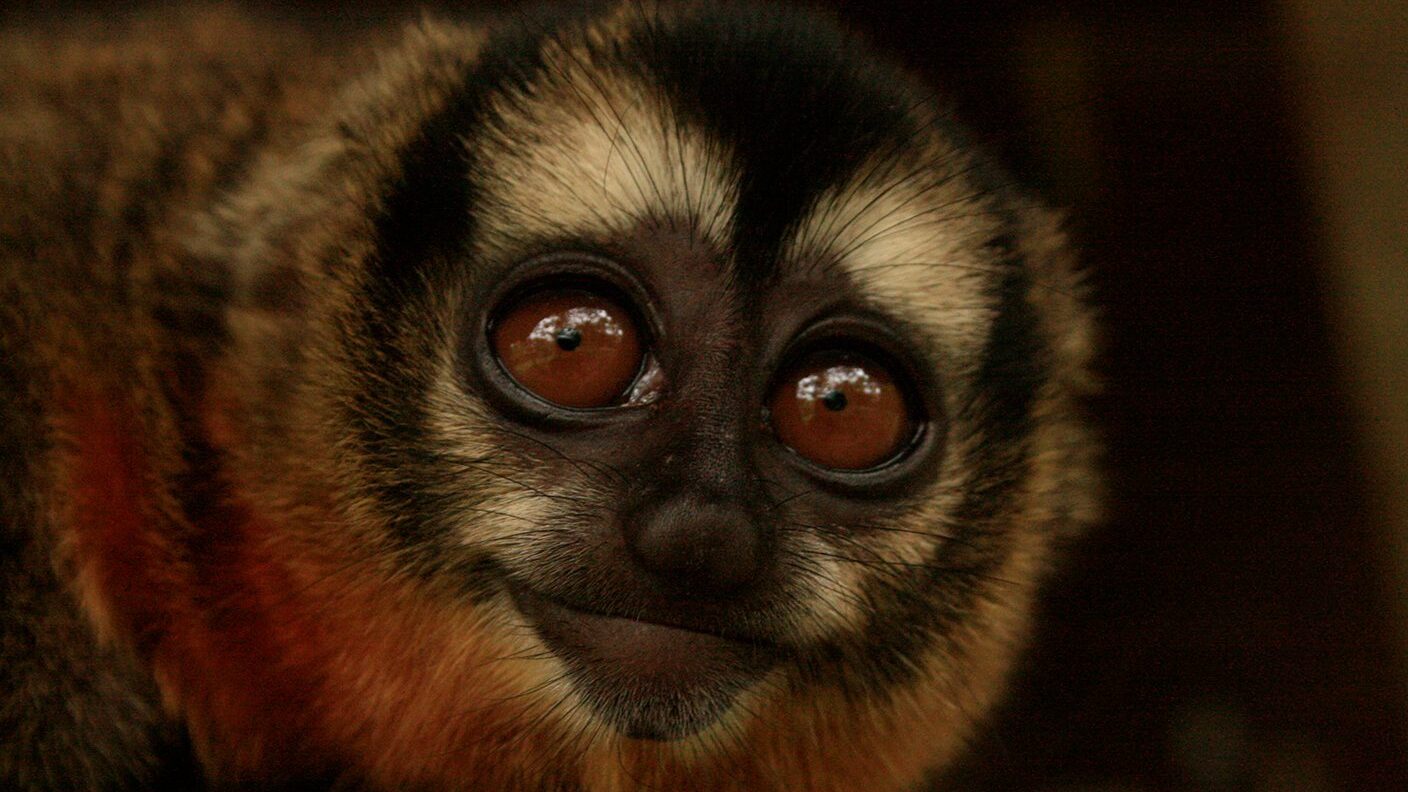
A first lagoon (Day 3)
Depending on the permit obtained the previous day, you will know the access time to the Cocha Salvador (you will go first by boat to take advantage of the time and return to the lodge by foot to enjoy the forest). A cochais a river meander that has separated from the main water course and forms a lagoon. This ecosystem is very appreciated by many animal species that find in their stable waters the perfect place to live peacefully and this is where you could see your first group of giant otters of the Amazon!
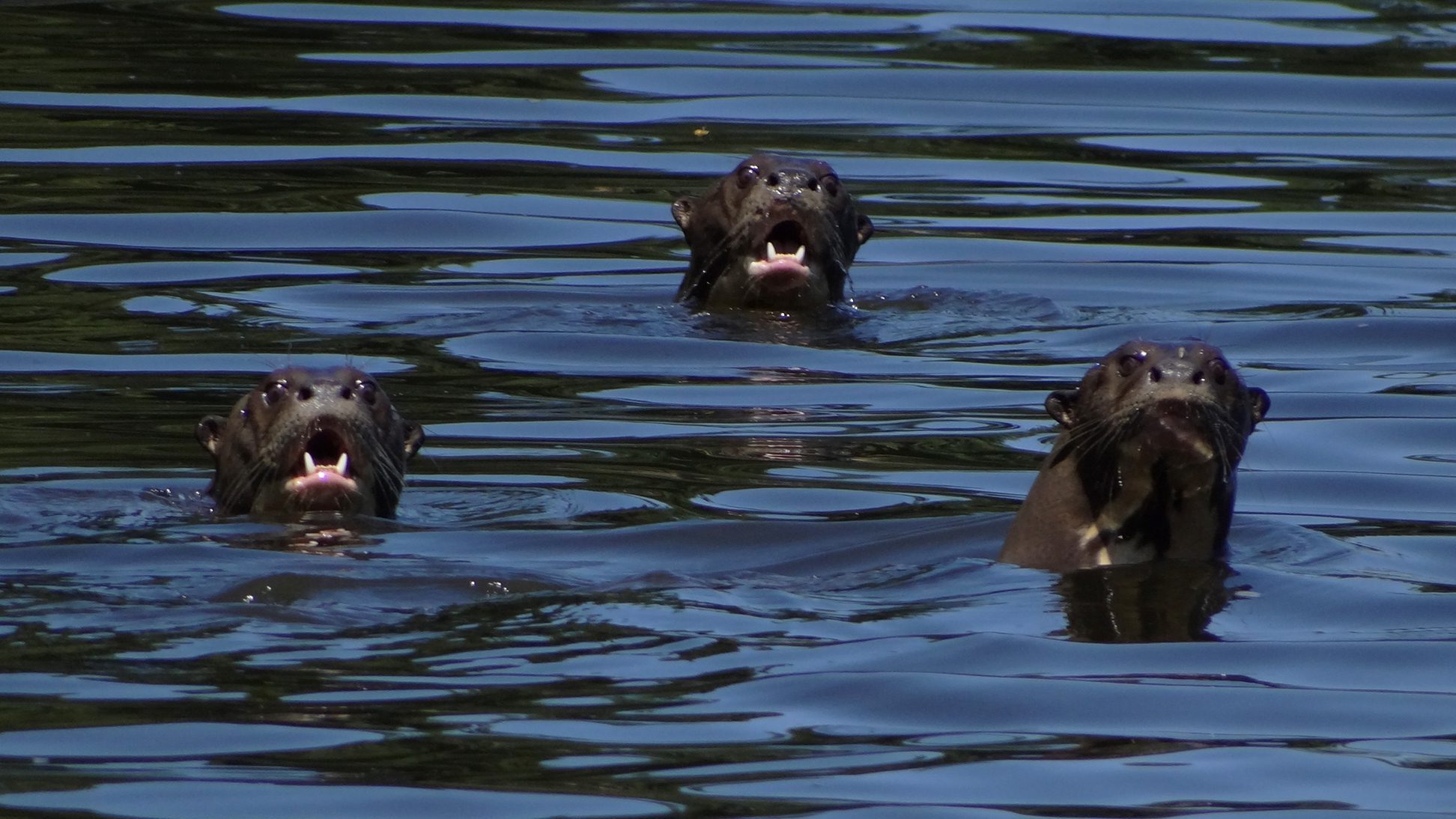
The other part of the day will be free to do what you want but we recommend that you take the time to spend time with your Matsiguenka hosts, some of whom may be somewhat shy but on the inside very friendly and fun if everyone relaxes. You can see their handicrafts, practice your skills with the bow and arrow and most likely even play football.
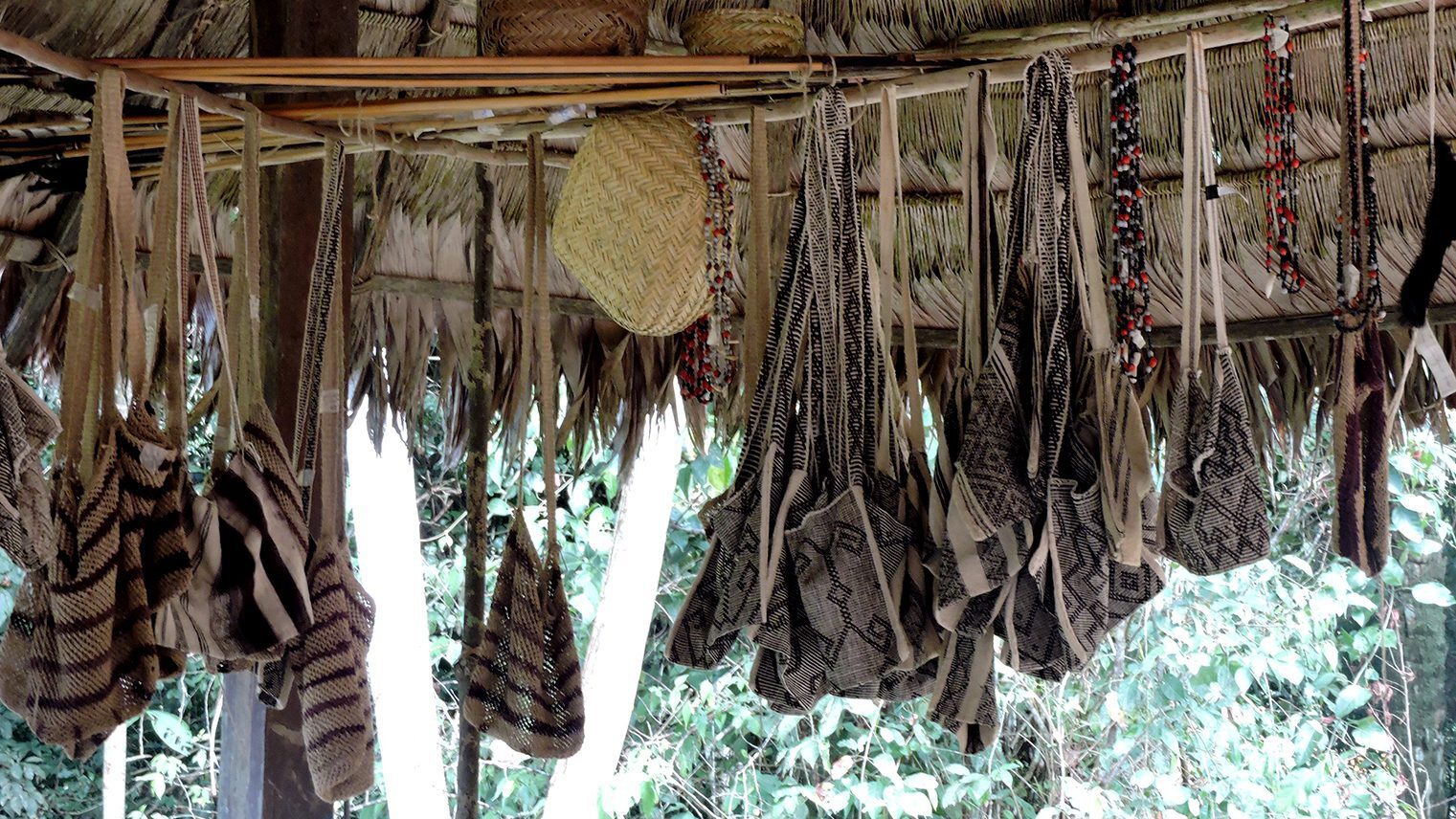
At night we give you a new opportunity to experience life in the forest. Maybe the previous nights you were not up for it, but there are always other nights for second chances. The recommended thing in these cases is to take a good flashlight and always stay close to your local guide, that way you will not miss a thing. Another recommendation is not to go out hungry and take clothes with you for the cold or the rain because you never know when the weather in the jungle changes.

Success in sightings comes with repetition (Day 4)
Just as last night was the third opportunity to go on a night walk, this morning will be the second to visit a lake, and it’s called cocha Otorongo, it’s quite large and also has a nearby observation tower, which will give a new point of view of the jungle (at 20 m height).
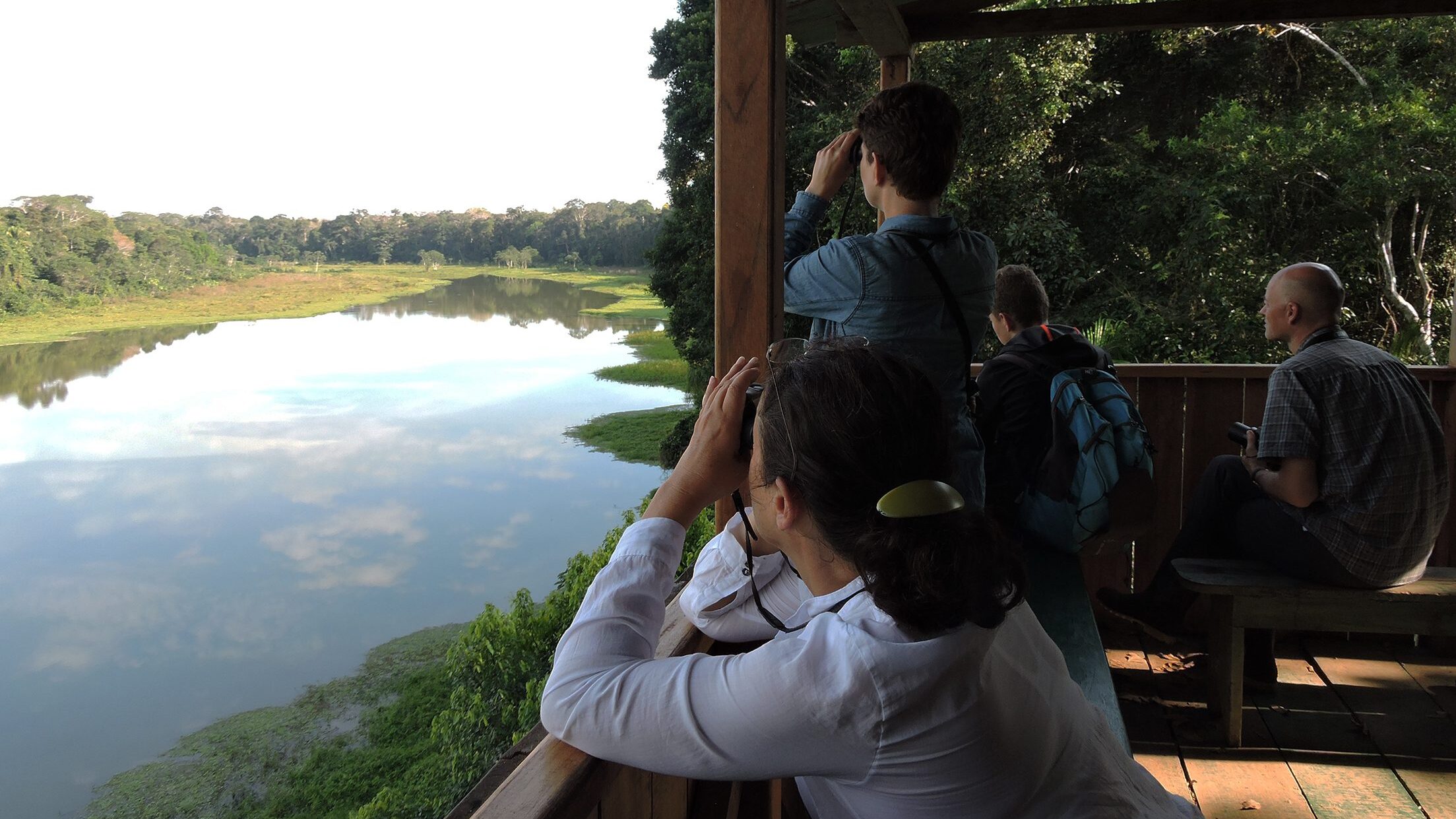
For the rest of the day there are still trails to walk through, and if you’ve already seen many animals, then maybe you can concentrate on the flora and learn a little about the almost infinite uses that the Matsiguenka make of their natural pantry.
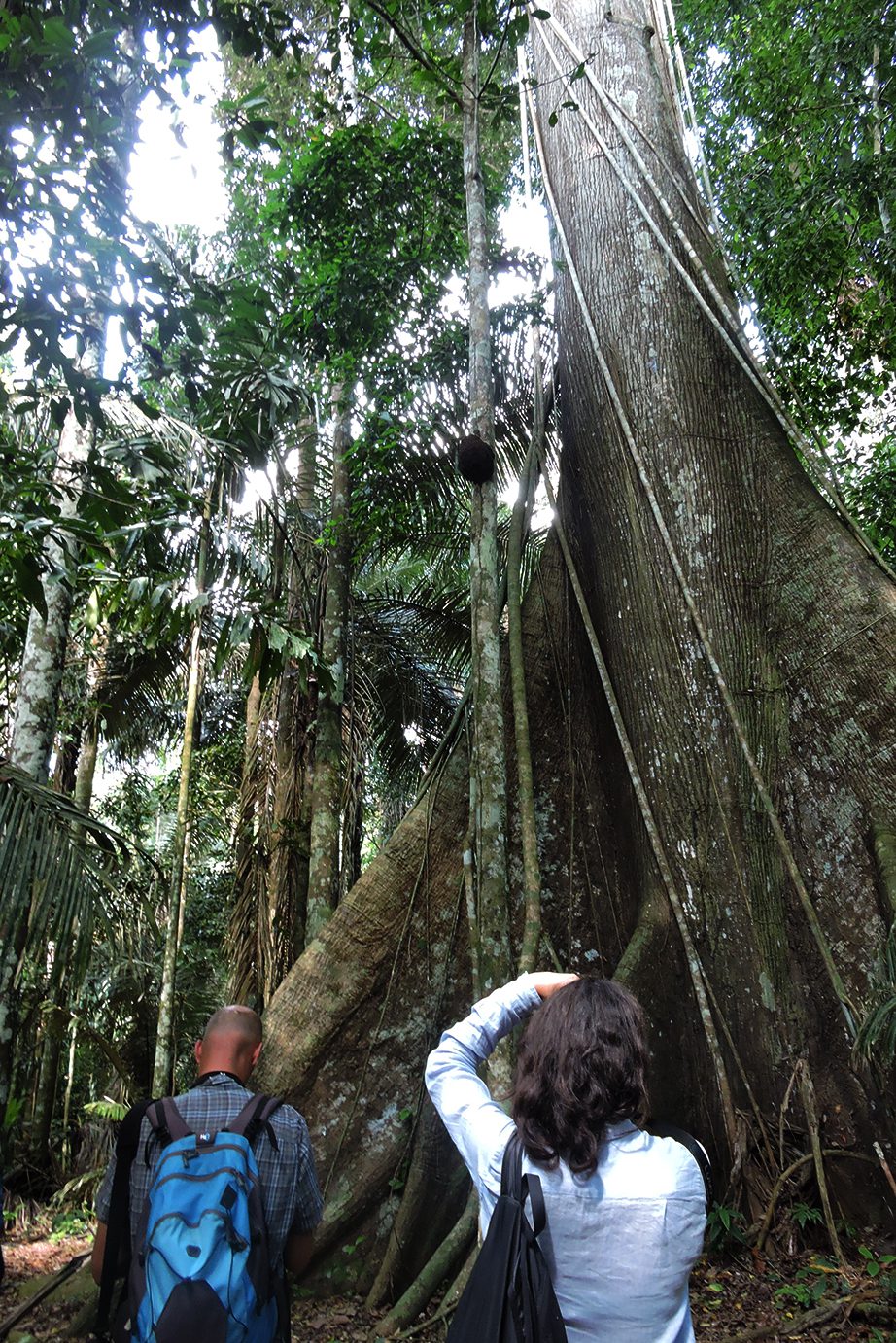
For the last night at Casa Machi we will have prepared a boat ride. It is simply amazing to see the number of eyeshine in the water, that is to say, the reflection of the eyes of the numerous caymans that are imperturbable until finally they submerge when the boat gets very close. Other species may appear on the banks, but if you find resting daytime birds please do not disturb them.
Tomorrow will be the farewell and start of a leisurely return, but now with emphasis on the communities. You will pause in Shipetiari, where in an initiative similar to that of Casa Machi, the Pankotsi lodge has been erected, which means: house in the Matsiguenka language.
Kashiri, kameti and some other words (Day 5)
Today you will advance half a day of boat trip and for the afternoon you will be disembarking on the shore of Shipetiari where this new Matsiguenka community will welcome you in their lodge. Here the change in activities comes hand in hand with coexistence as they will prepare a campfire to share the food made of forest products, including banana and manioc, which are delicious in the fire of the wood. The night is perfect for listening to stories and local mythology.
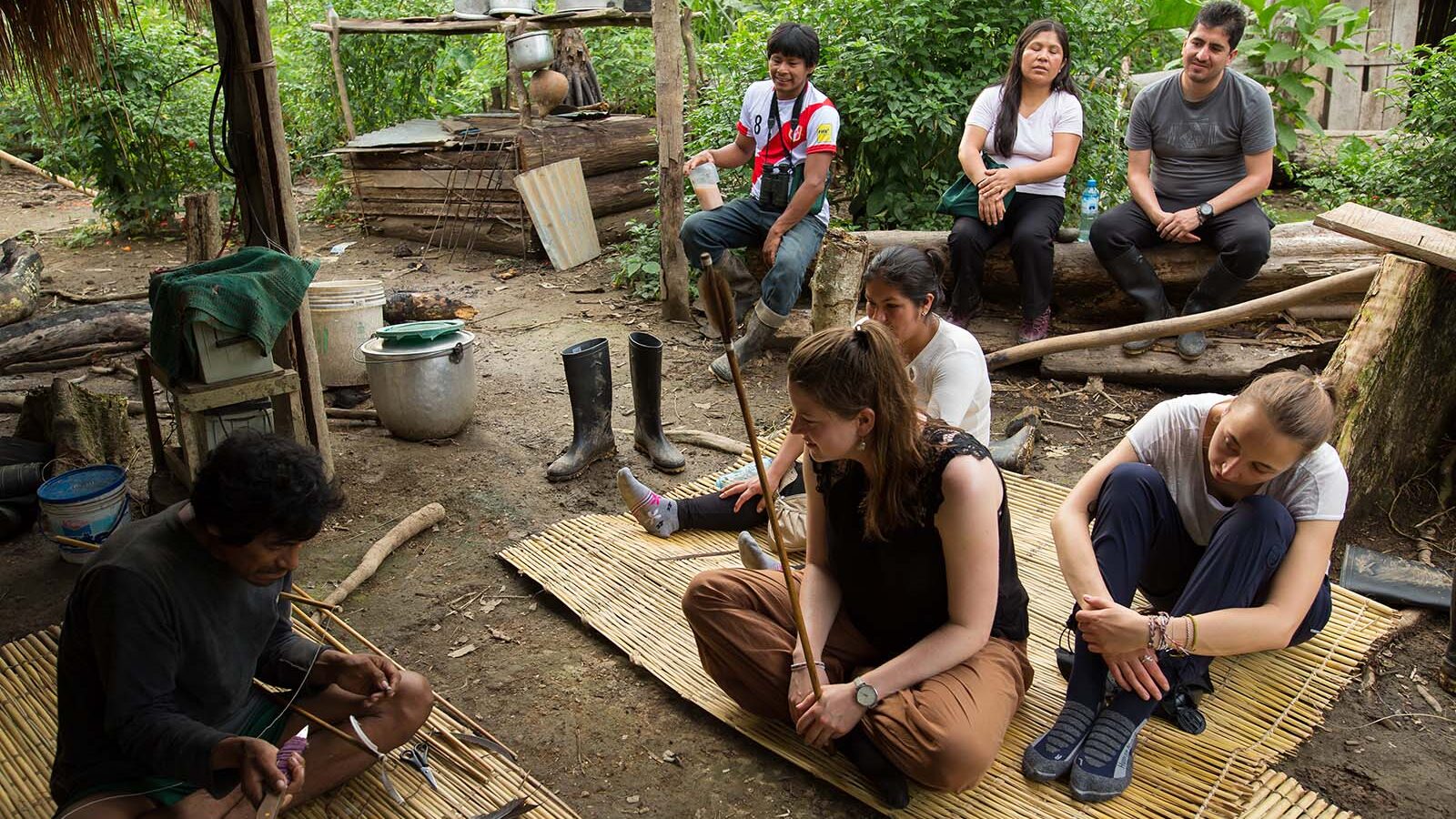
Surprise your hosts by asking them about Kashiri, the deity who taught the first Matsiguenka to cultivate cassava, and thank them saying kameti, which is always a good sign of something.
Will the moon come out in Shipetiari?
Goodbye to Manu (Day 6)
We are sure that a visit like this is never forgotten, but do not worry it is not over yet, because we had promised new stops on the way back, those that could not be done on day 1. Today is the day for it.
Leaving Shipetiari (by boat) you quickly reach the next shore from where the rest of the road will be by car. Then, this time and with the passage of time the warm temperatures and great rivers will be left behind and the cold mountains and clouds will come closer again. Now you can surely see how these great navigable canals of the lower area are formed only with the humidity captured in the heights and the sum of small but infinite streams that rush down the slopes.
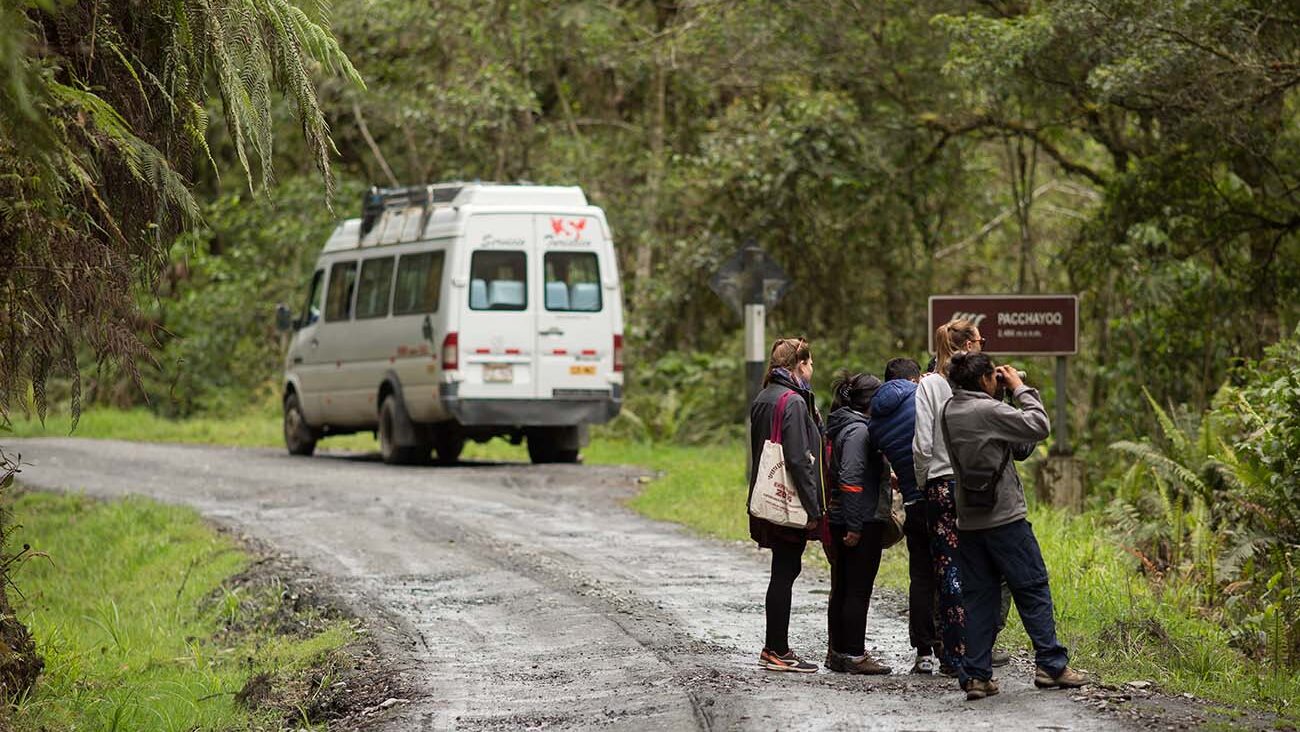
As you may have realized traveling to Manu isn’t just anything ordinary, it is an untamed territory full of surprises and requires time (of which not everyone has) and substantial monetary investment (which not everyone can afford), and although this proposal that we have presented to you tries to be as balanced as possible, important things are always left out.
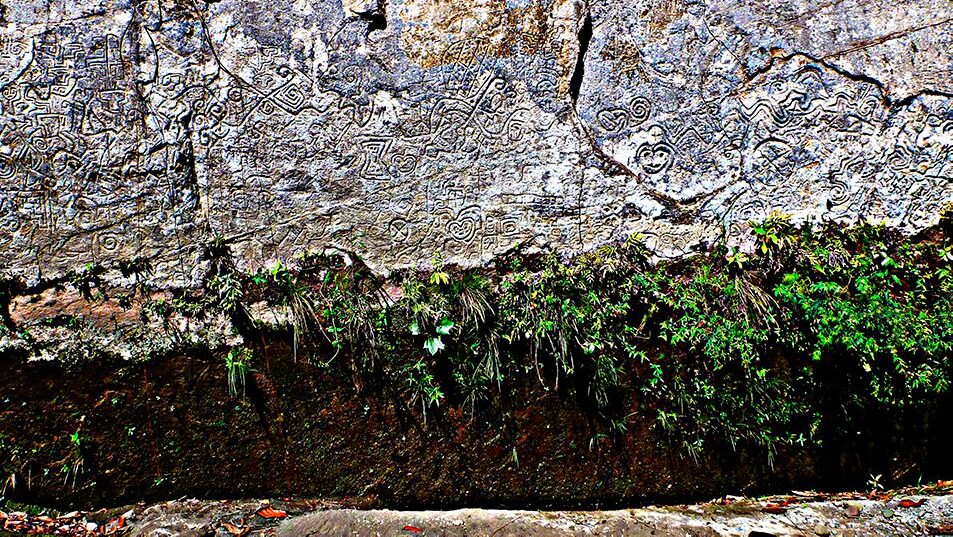
Shortening this itinerary is possible, excluding some things and including new ones (such as the Pusharo petroglyphs). Obviously lengthening this itinerary is also a possibility and that would always be ideal in the case of Manu, but we understand that travel to Peru is a long list of sites to see. That is why the description of travel.
Anyway, all trips with RESPONS are 100% tailored, so that any detail will be fully adapted to your wishes and needs to satisfy your plans for an ideal trip to Manu and Peru you can definitively count on my assistance to help you out in designing your trip.
This post was originally published in December 2018 and last updated in November 2021.
